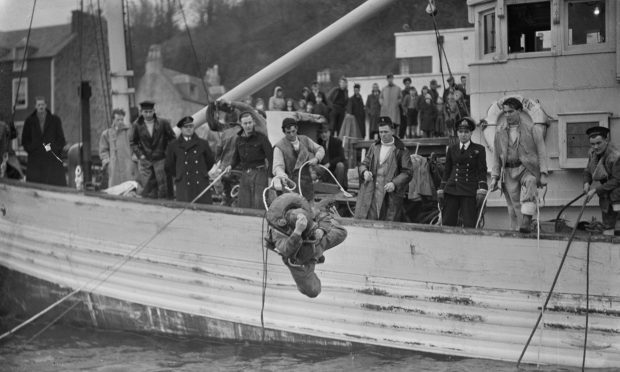
Take a dinghy from the pier at Tobermory and head out around 80 yards to the glistening waters of the bay. From there, you can turn astern and face the row of colourful homes that make up Mull’s shorefront.
Popular children’s TV show Balamory famously borrowed the stunning view, making the location a magnet for tourists since 2002. Yet this spot, not far from the shore, has drawn visitors for much longer than any TV programme.
Treasure hunters have been lured here – and to the sea floor 60 feet below the waves – for more than 400 years, enticed by the promise of lost gold that may or may not even exist. The story is murkier than the silty waters on the floor of Tobermory Bay.
The Tobermory Galleon
Legend has it that in 1588 a Spanish galleon, part of the ill-fated invasion of England, blew up after leaving Mull, where it had taken refuge. It sank, taking with it a fortune in gold, jewels and the entire paychest for the Spanish Armada.
Numerous failed attempts have been made to recover the trove, and these have largely been spearheaded by generations of one aristocratic dynasty – successive Dukes of Argyll, whose ancestor was granted the right to salvage the wreck by Charles I in 1640.
Ian Douglas Campbell, 11th Duke of Argyll, made the most high-profile attempt in March 1954, photographs of which have surfaced for the first time in more than 70 years.
Campbell enlisted the help of the Royal Navy, which loaned two small vessels and their personnel for the dive, assuring a sceptical public it was a training exercise rather than a treasure hunt.
For his part, the duke handed over documents and charts collected over hundreds of years to Admiral Patrick McLaughlin, who commanded a team of Royal Navy divers using mercury vapour lamps, a state-of-the-art suction machine and “every device modern science can provide” to find the fortune.
In 1954, the value of the lost bullion on the sea floor was estimated to be £30 million sterling, which amounts to a cool £700m in 2025, according to the Bank of England’s inflation calculator.
The romantic treasure hunt made headlines around the world, with The New York Times finding space for it on the front page.
Yet the fanfare of publicity ended in disappointment.
The aftermath
For days, as crowds of locals and visitors from further afield gathered on the pier, the divers sifted the sandy bed of Tobermory Bay. They found not much more than ancient timber and decomposed metal.
Plans to tunnel under the sandy bay, which was theorised to have sucked in the wreck, were abandoned.
If the 1954 attempt was considered an embarrassment to the then Duke of Argyll, a bigger humiliation awaited. He had married glittering society figure Margaret Wigham in 1951, but the pair underwent a public divorce more than a decade later, which culminated in the Duke producing compromising Polaroid pictures of his wife.
The affair was dramatised in BBC TV series A Very British Scandal, starring Paul Bettany and Clare Foy.
Notably, among the divers the Royal Navy employed in the 1954 treasure hunt was Lionel “Buster” Crabb, a Second World War hero who had been awarded the George Medal for his daring exploits countering Italian frogmen in the Mediterranean.
Two years later, Crabb disappeared under mysterious circumstances while investigating the propellers of the Soviet cruiser Ordzhonikidze, which was docked in Portsmouth Harbour, on behalf of MI6.
He was reported missing in an embarrassing incident for British security services and, 14 months later, his body was found, minus head and hands, by fishermen. Whether he died accidentally or was murdered is unknown.
The treasure hunts
Suggestions that the treasure, if it exists, is cursed arose amid the repeated failures to recover it. The first attempt at salvage was thought to have been undertaken in 1665, then again in 1676, 1680 and 1694, with only a few guns, cannonballs and copper kettles recovered.
In 1730, gold coins (pesos from the reign of Spanish King Philip II’s reign) were recovered from the site, reigniting speculation that a fortune was waiting 11 fathoms beneath the surface.
In 1903, the Spanish Admiralty reported the vessel was the 52-gun galleon the Duque de Florencia, but most likely it was the San Juan de Sicilia, originally a Croatian ship called the Brod Martolosi, which had been seized by Spain two years prior to its sinking.
Badly damaged by the English fleet, it stopped at Tobermory and negotiated for supplies with local chieftain Lachlan MacLean of Duart.
Spotting an opportunity, MacLean struck a deal with the captain to use the ship’s soldiers to attack enemy clans. Five hostages were taken on board the ship, to be released once the bargain was fulfilled. But as it left the bay, it exploded, killing those on board, including the hostages. Sabotage was suspected, especially as the Spaniards’ supplies came from an agent of Sir Francis Walsingham, Elizabeth I’s spymaster.
In 1928, a retired colonel, 70-year-old Kenneth MacKenzie Foss, recruited two “adventure-loving women”, one an aristocrat, Lady Edith Fox-Pitt, and the other a single mother from Kent, on a failed hunt to the bottom of the bay.
The Dukes of Argyll have most commonly led the expeditions, however, in what has become a family tradition.
In the 1970s, Ian Campbell, the 12th Duke, believed he touched the hull of the San Juan de Sicilia while diving.
And in 2014 his son, Torquhil Ian Campbell, the current Duke of Argyll, husband of chocolate heiress Eleanor Cadbury and captain of Scotland’s elephant polo team, took up the family’s “unfinished business” by launching another attempt to recover the lost Spanish gold.
The two-week dive unfortunately ended much like the efforts that had gone before.
Some experts believe the Spanish ship carried little gold, and was largely destroyed in the explosion that sank it.
The motto of the Campbell clan is Ne Obliviscaris, or Forget Not. The Dukes of Argyll have had long memories when it comes to the lost Spanish galleon. But whether a real fortune or fool’s gold awaits at the bottom of Tobermory Bay might forever remain a mystery.
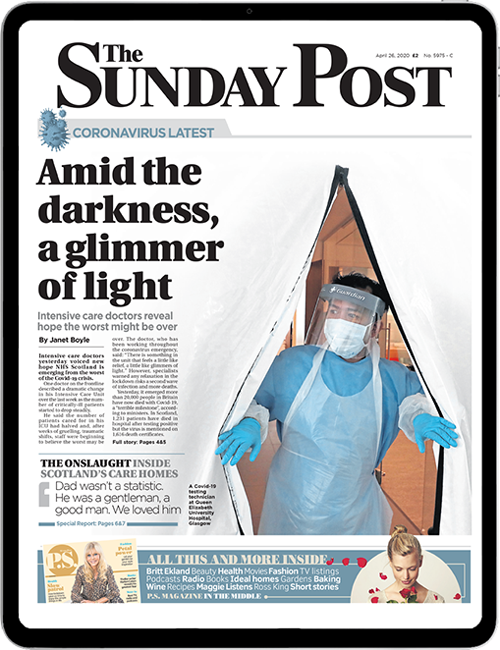
Enjoy the convenience of having The Sunday Post delivered as a digital ePaper straight to your smartphone, tablet or computer.
Subscribe for only £5.49 a month and enjoy all the benefits of the printed paper as a digital replica.
Subscribe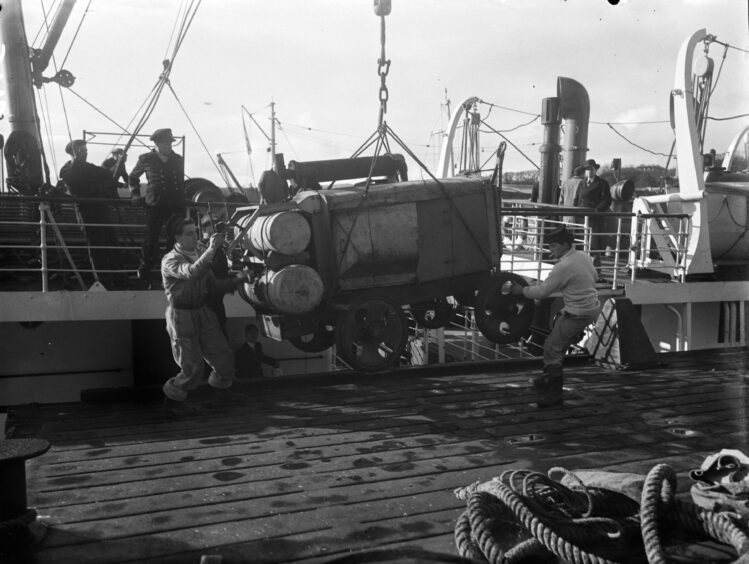 © Topfoto
© Topfoto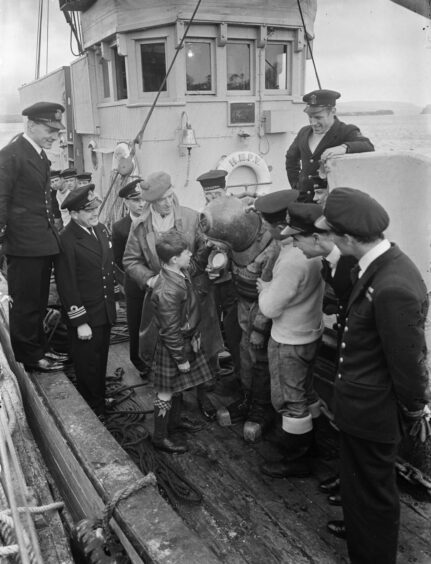 © Topfoto
© Topfoto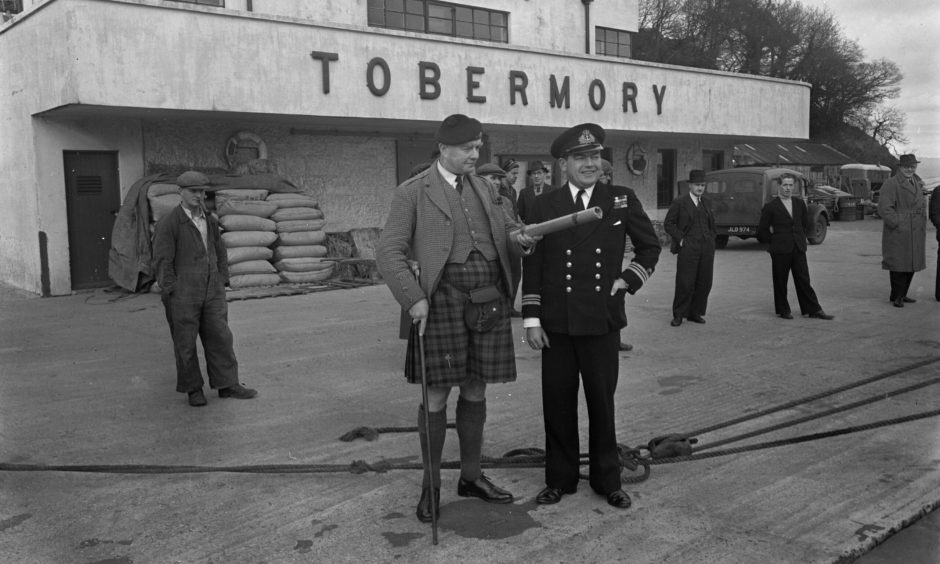 © Topfoto
© Topfoto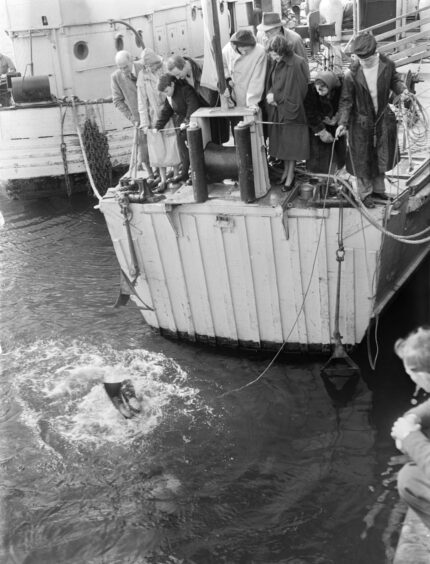 © Topfoto
© Topfoto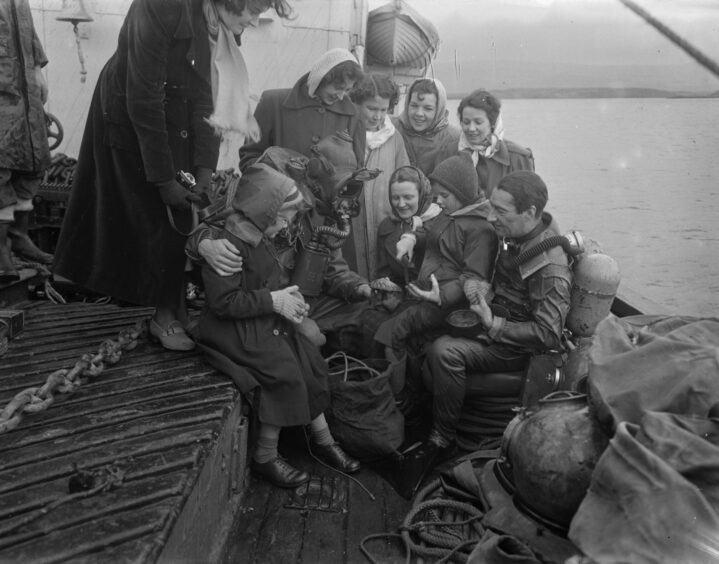 © Topfoto
© Topfoto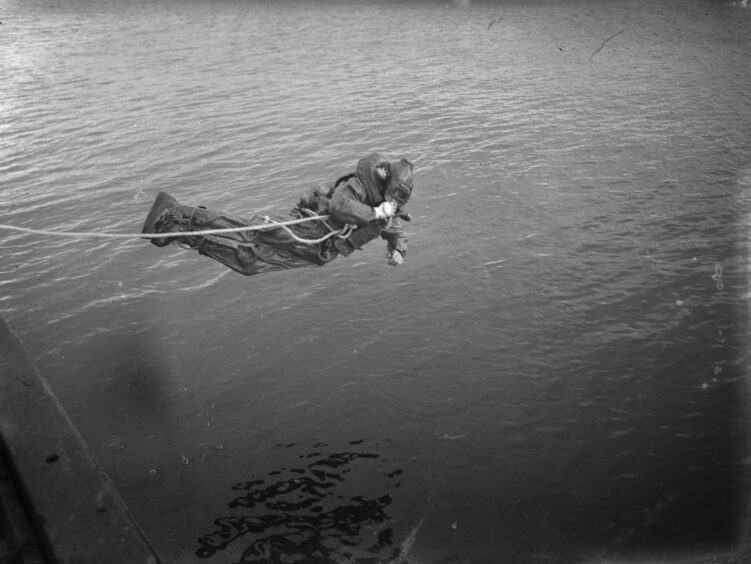 © Topfoto
© Topfoto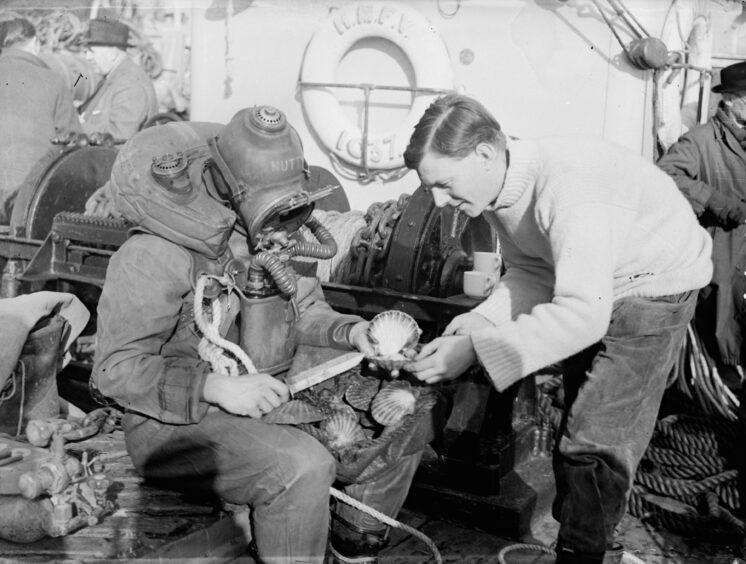 © Topfoto
© Topfoto